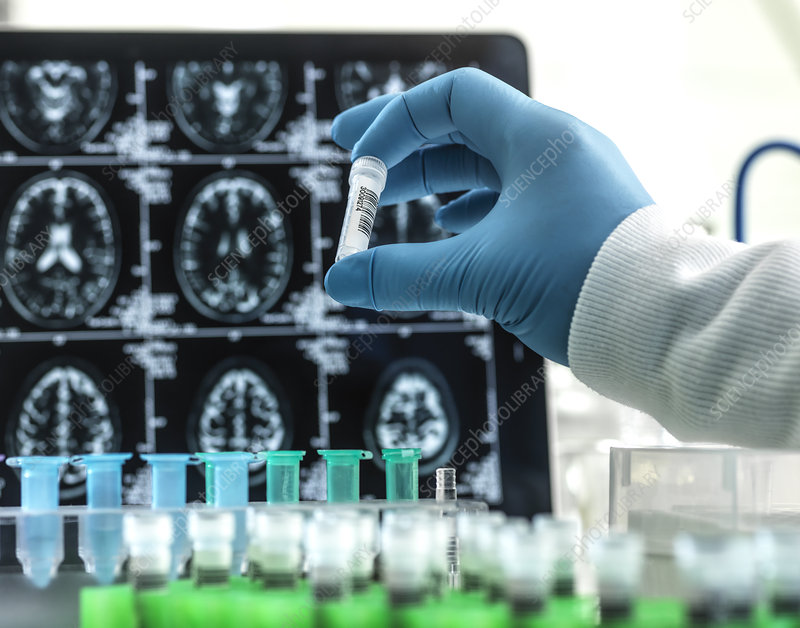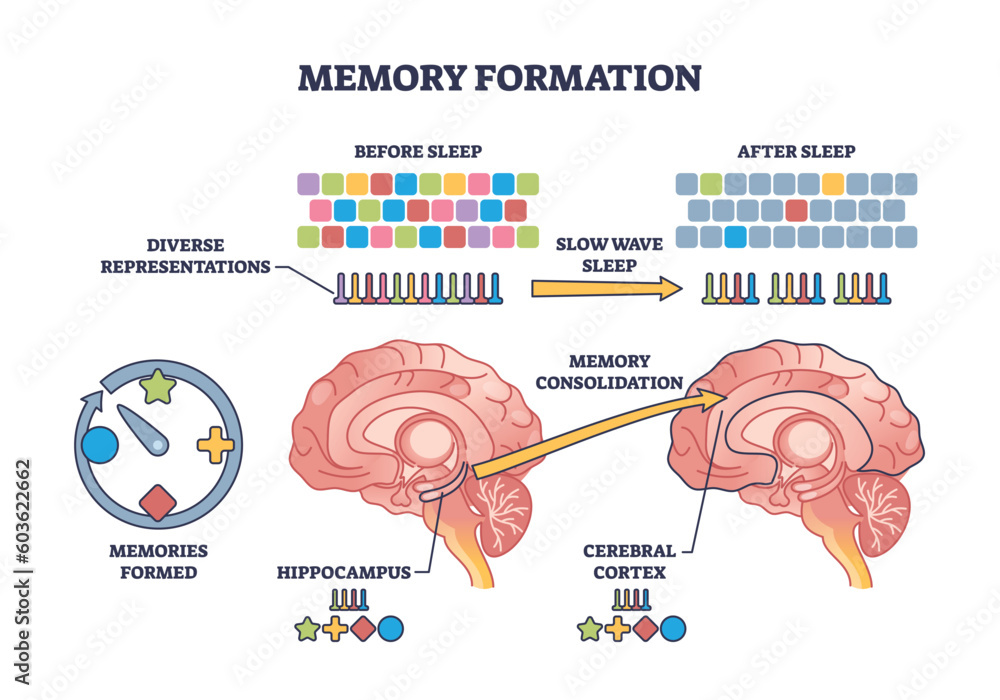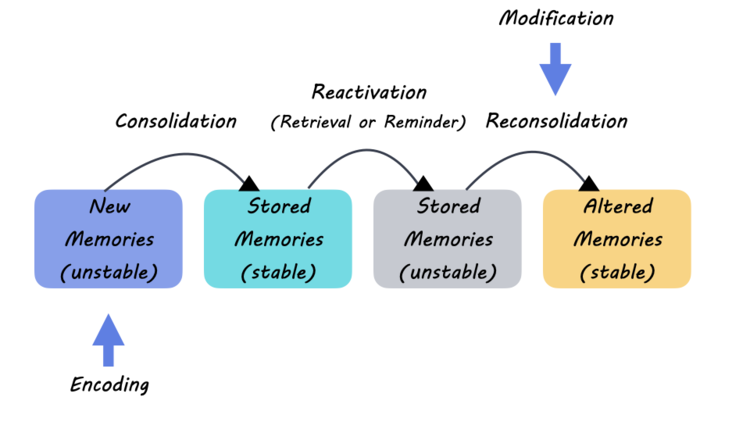Alzheimer’s research is at the forefront of understanding neurodegenerative diseases, revealing the intricate role of microglial cells in maintaining brain health. Beth Stevens, a pioneering neuroscientist, explores how these immune cells function to prune synapses and clear damaged cells but can also contribute to the onset of Alzheimer’s when the process goes awry. With the alarming rise in Alzheimer’s cases projected to reach 14 million by 2050, groundbreaking studies like Stevens’ are essential for developing effective Alzheimer’s treatments. The insights gained from her lab at Boston Children’s Hospital are not just theoretical; they have far-reaching implications for the millions affected and offer hope for future therapeutic interventions. By transforming our understanding of the brain’s immune system, Stevens’ work is paving the way for innovative strategies to combat Alzheimer’s disease, ultimately aiming to improve the quality of life for those diagnosed and their families.
Exploring the complexities of dementia research uncovers vital information regarding the brain’s defense mechanisms against neurological disorders. By investigating the functions of immune cells in the brain, researchers like Beth Stevens are significantly contributing to our knowledge of how the brain responds to injury and disease. This knowledge plays a critical role in addressing conditions like Alzheimer’s disease and other related cognitive impairments. As scientists delve deeper, alternative methods for Alzheimer’s treatments emerge, highlighting the importance of understanding microglial behavior and its implications on neuronal health. The ongoing research efforts underscore the urgency to enhance diagnostic markers and treatment protocols tailored to combat the challenges posed by aging populations faced with neurodegenerative diseases.
Understanding the Role of Microglial Cells in Alzheimer’s Disease
Microglial cells play a crucial role in the brain’s immune system, acting as guardians that identify and respond to potential threats. In the context of Alzheimer’s disease, these cells become dysfunctional, leading to abnormal pruning of synapses, which are essential for communication between neurons. Research led by Beth Stevens has highlighted that erroneous microglial activity contributes significantly to the progression of Alzheimer’s and other neurodegenerative diseases. By uncovering the ways in which microglial cells misbehave, scientists are gaining insights into potential intervention points for future Alzheimer’s treatments.
Furthermore, the implications of Stevens’ discoveries extend beyond understanding immune responses. They open doors to innovative approaches for early detection of Alzheimer’s disease and other cognitive disorders. By identifying specific biomarkers linked to microglial dysfunction, researchers can potentially diagnose these conditions earlier than current methods allow. This advancement not only promises to improve patient outcomes but also emphasizes the significance of microglial research in developing effective therapeutic strategies against neurodegenerative diseases.
Alzheimer’s Research: Pioneering Treatments and Early Detection
The landscape of Alzheimer’s research has been transformed by the pioneering work of scientists like Beth Stevens. Her exploration into microglial cells has unveiled novel pathways that are not only pivotal in understanding the disease but also vital in the search for effective treatments. As researchers continue to illuminate how impaired microglial function leads to Alzheimer’s progression, there is hope for the development of targeted therapies aiming to restore the normal functioning of these immune cells. This could mitigate the detrimental effects of synaptic pruning and contribute to preserving cognitive health in aging populations.
Additionally, the importance of funding and foundational research cannot be overstated in this context. Stevens has repeatedly emphasized how support from federal institutions like the National Institutes of Health has been instrumental in advancing her studies. Without such backing, critical investigations into the mechanisms of Alzheimer’s and the role of the brain’s immune system might not have reached their current potential. As we move towards an aging society, sustained investment in Alzheimer’s research is essential for discovering preventive measures and effective treatments to combat the anticipated rise in cases.
The Impact of Federal Funding on Alzheimer’s Research
Federal funding plays a pivotal role in the advancement of Alzheimer’s research, providing scientists with the necessary resources to explore complex neurological processes. Beth Stevens credits much of her success in unraveling the role of microglial cells in neurodegeneration to the substantial support from organizations like the NIH. This backing not only facilitates groundbreaking studies but also fosters an environment where researchers can pursue innovative ideas without the immediate pressure of commercialization, thereby making significant discoveries that can ultimately lead to new Alzheimer’s treatments.
Moreover, the focus on foundational science is crucial to the success of immediate and long-term research goals. As Stevens pointed out, understanding basic biological mechanisms can lead to transformative breakthroughs in how we treat neurological disorders. Each discovery lays the groundwork for future applications and therapies tailored for Alzheimer’s patients. With continued investment in basic science, the understanding of microglia and their role in brain health will likely translate into practical solutions that can improve the quality of life for millions.
Exploring New Biomarkers for Early Alzheimer’s Detection
One of the most significant advancements in Alzheimer’s research is the identification of new biomarkers that facilitate early detection of the disease. Following the trail of research laid down by Beth Stevens and others, scientists are developing assays that can pinpoint the dysregulation of microglial cells in the brain. These biomarkers can serve as early warning signs, allowing for timely interventions that may slow the disease’s progression. Early detection is paramount, especially considering the escalating number of Alzheimer’s cases as the population ages, making the discovery of these markers a crucial step forward.
In addition to identifying new biomarkers, the potential for using them in clinical settings means that healthcare providers could adopt a more proactive approach in managing patients at risk of developing Alzheimer’s. The ability to detect the disease in its initial stages would allow for the exploration of preventative treatments that target microglial dysfunction before irreversible damage occurs. Therefore, as ongoing research uncovers these novel biomarkers, the prospect of improving outcomes for those at risk becomes increasingly feasible.
The Future of Treatment Strategies in Alzheimer’s Care
As researchers like Beth Stevens continue to explore the intersection of the brain’s immune system and neurodegenerative disease, the future of treatment strategies for Alzheimer’s looks promising. Innovations in understanding how microglial cells function and how they may be manipulated could lead to groundbreaking therapies. By targeting the mechanisms that drive neuroinflammation and synaptic pruning, therapeutic interventions can be designed to restore microglial function, ultimately aiming to protect brain health and cognitive capabilities in aging individuals.
Moreover, the integration of novel treatment strategies could include a combination of lifestyle changes, pharmaceutical approaches, and possibly even gene therapies tailor-made for Alzheimer’s. This holistic view toward treatment underscores the complexity of the disease and the need for multifactorial approaches to manage not just symptoms but overall brain health. As this research evolves, it paves the way for comprehensive care models that prioritize both prevention and intervention in Alzheimer’s disease.
Emphasizing the Significance of Basic Science in Alzheimer’s Research
Beth Stevens emphasizes the importance of basic science in understanding complex diseases like Alzheimer’s. Her pioneering research into microglial function illustrates how foundational studies can eventually lead to breakthroughs in clinical settings. By exploring the role of these immune cells in synaptic pruning, researchers are laying the groundwork for future innovations in treating neurodegenerative diseases. This emphasis on the scientific process highlights how curiosity-driven research can unravel the complexities of disorders that currently have no cure.
Furthermore, the implications extend beyond merely identifying mechanisms of diseases. Basic science lays the foundation for generating new hypotheses and therapeutic targets. As scientists delve deeper into the role of microglia and their interaction with neurons, they are uncovering a wealth of information that could directly inform drug development and treatment protocols for Alzheimer’s. This ongoing dialogue between basic research and clinical application is essential to driving forward the fight against Alzheimer’s disease.
Challenges in Alzheimer’s Research and Potential Solutions
Despite significant advancements in Alzheimer’s research, challenges remain in translating discoveries into effective treatments. One major obstacle is the complexity of neurodegenerative diseases, which involve multiple interacting pathways and cell types. The variability in how Alzheimer’s manifests from person to person can complicate the development of a one-size-fits-all treatment strategy. Researchers like Beth Stevens advocate for a multi-faceted approach to address these challenges, emphasizing the need for continued collaboration across different disciplines within neuroscience.
Additionally, increasing awareness about the significance of Alzheimer’s research may pave the way for better funding and resources in the field. Educating the public and policymakers about the impact of neurodegenerative diseases on individuals and society as a whole may lead to a heightened commitment to developing effective Alzheimer’s treatments. Establishing partnerships between academic institutions, governmental agencies, and private entities could also foster a more supportive environment for innovative research that results in effective therapies.
Integration of Technology in Alzheimer’s Research
Technological advancements are increasingly shaping the landscape of Alzheimer’s research. With the advent of sophisticated imaging techniques and computational modeling, researchers like Beth Stevens can observe and analyze microglial cell behavior in unprecedented detail. These tools not only enhance the understanding of cellular processes but also assist in the identification of biomarkers for early detection of Alzheimer’s. As technology continues to progress, it holds the potential to further accelerate the discovery of effective interventions.
Moreover, integrating tech-driven approaches, such as artificial intelligence and machine learning, into research workflows can streamline data analysis and enhance predictive modeling. By applying these technologies, scientists can identify patterns and correlations within vast datasets associated with Alzheimer’s disease. Such insights could lead to the development of personalized treatment plans based on an individual’s unique biomarkers and genetic makeup, enforcing a move towards more tailored therapeutic approaches that maximize efficacy in combating Alzheimer’s.
Frequently Asked Questions
What role do microglial cells play in Alzheimer’s research?
Microglial cells are a vital component of the brain’s immune system, actively involved in protecting neurons and maintaining brain health. In Alzheimer’s research, studies led by scientists like Beth Stevens have shown that improper pruning of synapses by microglia can contribute to neurodegenerative diseases, including Alzheimer’s, highlighting their importance in disease mechanisms and potential treatment strategies.
How is Beth Stevens contributing to advancements in Alzheimer’s treatments?
Beth Stevens is at the forefront of Alzheimer’s research, focusing on microglial cells and their role in maintaining neuronal health. Her groundbreaking findings regarding the mechanisms of synaptic pruning have paved the way for new biomarkers and therapies aimed at treating Alzheimer’s disease and other neurodegenerative conditions.
What discoveries have been made about microglial cells in the context of Alzheimer’s disease?
Recent discoveries in Alzheimer’s research, particularly by Beth Stevens, indicate that microglial cells can malfunction, leading to excessive or inadequate synaptic pruning. This aberrant activity is linked to the progression of Alzheimer’s disease. Understanding these processes is crucial for developing targeted therapies to improve patient outcomes.
Why is studying the brain immune system important for Alzheimer’s research?
Studying the brain’s immune system, particularly microglial cells, is essential in Alzheimer’s research because it offers insights into how the disease affects brain function. As microglia play a critical role in clearing cellular debris and preserving neuronal health, their dysfunction is a significant factor in the development and progression of Alzheimer’s and other neurodegenerative diseases.
What impact does Alzheimer’s research by Beth Stevens have on future treatment options?
The Alzheimer’s research conducted by Beth Stevens has significant implications for future treatments. By elucidating the role of microglial cells in neurodegenerative diseases, her findings may lead to the development of innovative therapies aimed at restoring normal synaptic pruning processes and improving the lives of millions affected by Alzheimer’s.
| Key Points | Details |
|---|---|
| Research Focus | Study of microglial cells and their role as the brain’s immune system. |
| Importance of Microglia | Microglia help clear dead cells and prune synapses, crucial for brain health. |
| Connection to Alzheimer’s | Aberrant pruning by microglia may contribute to Alzheimer’s and other neurodegenerative diseases. |
| Potential Impact | Research could lead to new treatments and biomarkers for early detection of Alzheimer’s. |
| Funding and Support | Matthews’ research has been supported by the National Institutes of Health. |
| Growth of Alzheimer’s Cases | Cases of Alzheimer’s expected to double by 2050 in the U.S. |
Summary
Alzheimer’s research is pivotal in understanding and combating this devastating disease. Through groundbreaking studies led by scientists like Beth Stevens, we are uncovering new roles for microglial cells in brain health and disease. This research aims to translate into innovative treatments and earlier diagnoses, which are essential as the population ages and the incidence of Alzheimer’s skyrockets. With millions affected and a potential financial burden expected to reach $1 trillion, advancing our understanding of Alzheimer’s is crucial for improving patient care and outcomes.







